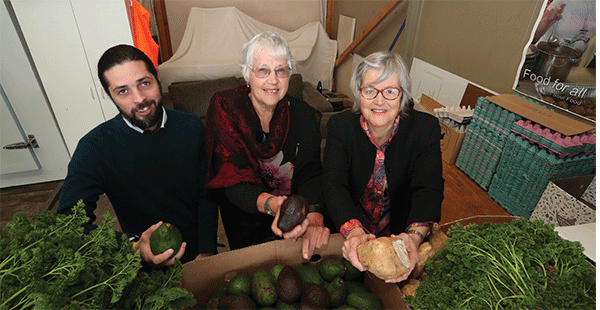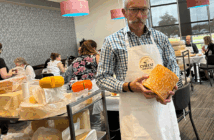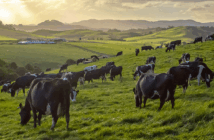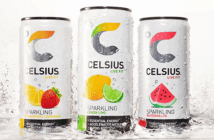
Before the COVID-19 crisis, food rescue organisations estimated that 40% of Kiwis experienced low to moderate food security. Now foodbanks are reporting huge spikes in demand – and food rescue groups are working overtime.
“March and April have been our busiest months ever. During the lockdown we’ve had a crew working seven days a week to keep up,” says Food Rescue Northland manager, Pete Nicholas.

Stuart McKay, manager – Hono Tātaki, resource efficiency and innovation
Food rescue groups take surplus food that can’t be sold but is still safe to eat from across the supply chain – from manufacturers, producers, growers, supermarkets, and restaurants – and redistribute it so that it reaches those who need it most.
In New Zealand, an estimated 157,398 tonnes of edible food is sent to landfills each year, where it decomposes without oxygen and releases methane, a harmful greenhouse gas. For every tonne of food disposed of to landfill, almost 0.33 tonnes of CO2-equivalent greenhouse gases are generated.
The Food Rescue Northland project, run by One Double Five Whare Awhina Community House Trust, recently received funding from the Ministry for the Environment’s Waste Minimisation Fund to expand their food rescue programme to smaller Northland communities.
The new funding means the trust can build on its successful Whangarei-based project, which started in 2016 and has diverted 133.7 tonnes of food from landfill to provide around 95,000 meals to people across the district.
With the funding, the trust has established a second warehouse and distribution centre based in Moerewa, to service small communities such as Kawakawa, Kaikohe, Kaeo, Kerikeri and surrounding areas in the mid North. The second warehouse centralises the collection and distribution of food to the area, which significantly reduces travel mileage and is better for the environment.
Community development worker and one of the organisers of Food Rescue Northland Carol Peters said, “A local farmer recently called me to say he is so thankful to be contributing to a food rescue programme during this tough time. He is pleased that he could play his part in putting food on the table for those in his community who need it most.”
KiwiHarvest founder Deborah Manning says her organisation has recognised the need for an umbrella service that collects, stores and distributes surplus bulk food, often donated by manufacturers, growers and producers, and then sends it out to local food rescue operations and food hubs across the country to service their communities.
For manufacturers, producers and growers wanting to get involved in food rescue get in touch KiwiHarvest (www.kiwiharvest.org.nz) or find their local food rescue service on the Love Food Hate Waste website (www.lovefoodhatewaste.co.nz).
The Ministry for the Environment’s Waste Minimisation Fund provides funding for projects that promote or achieve waste minimisation, helping to increase resource efficiency, reuse, recovery and recycling, and decrease waste to landfill. For more information please see www.mfe.govt.nz.




























































































